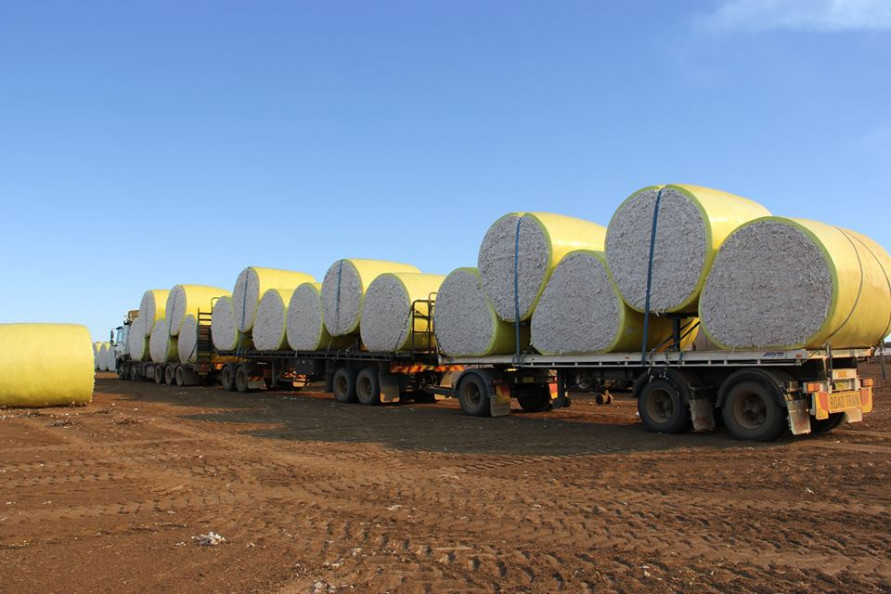New York – Even as the global commodities market slowly starts to recover from the supply chain, pricing and availability issues that have defined the business for the past two years, a blue-ribbon panel of cotton experts is predicting that these factors will remain as the industry moves further into 2022 but that demand will stay at its current higher levels.
At a panel discussion that was part of Home Textiles Today’s Material Changes conference late last year, also simulcast as part of the Supima Harvest Symposium, speakers forecast ongoing strong demand for cotton home textiles products without appreciable changes in the global availability. This will be especially true in premium extra-long-staple cotton, where Supima is the world’s leading supplier.
“We’ve seen a tremendous recovery in the global cotton demand,” said Dr. Jody Campiche, vice president of economics and policy analysis for the National Cotton Council, comparing it to the early stages of the pandemic. “In fact, it was the second highest level in history.”
The issue, however, is supply, she said. Even though fewer planting acres in 2021 still produced a higher yield, “the availability of U.S. cotton is very limited with low stock levels coming into the new year.”
Cotton inventories are a global issue, she said. While India, the world’s second largest cotton grower, produced about the same amount it had the previous year, the crop in China – the largest grower – was significantly lower. Pakistan, the fourth largest grower, had a larger crop in 2021 but that comes after five years of declines, and its yield last year is just getting back to those earlier levels.
For Supima, which represents less than 1% of the American cotton crop (the U.S. is the world’s third largest cotton grower), last year’s crop was just 350,000 bales, versus 800,000 as recently as four years ago. Marc Lewkowitz, president and CEO of Supima and a second panelist, said it is expected that the 2022 plantings will be similar to last year with maybe a “little bump up.”
What all of this means, the panelists agreed, is that prices for cotton will continue to be at historically high levels. “Prices are up due to the increased demand,” said Dr. Campiche. “And we’re likely to see those prices remain at higher levels.”
When asked about the impact on pricing of the ban on certain cotton out of China, Dr. Campiche said that was not a factor. “China will use its domestic cotton for consumption within the country and imported cotton for the products it exports.”
A third panelist, Joe Dixon, chief operating officer for apparel brand J. Hilburn, said all of these factors are causing end users – retailers and manufacturers of home and apparel products made of cotton, to plan better and anticipate potential surprises. Still, he said, “there will be price increases.”
All three panelists did agree that even as cotton prices continue at their higher levels, it won’t mean a loss of market share to synthetic products as happened the last time prices spiked in 2010-2011. “These are different times than we saw in 2010,” said Lewkowitz. “Supply chains are very different and demand is very different today than it was back then.”
“We’re not seeing any switchover to manmade fibers,” added Dr. Campiche. “There’s still very strong demand for cotton products.”


